North Arabian Desert
The ecoregion’s land area is provided in units of 1,000 hectares. The conservation target is the Global Safety Net (GSN1) area for the given ecoregion. The protection level indicates the percentage of the GSN goal that is currently protected on a scale of 0-10. N/A means data is not available at this time.
Bioregion: Red Sea, Arabian Deserts & Salt Marshes (PA26)
Realm: Southern Eurasia
Ecoregion Size (1000 ha):
46,911
Ecoregion ID:
831
Conservation Target:
49%
Protection Level:
2
States: Jordan, Saudi Arabia, Iraq
Undulating basaltic lava flows, gravel deserts, and brackish wetlands can all be found in this ecoregion which lies just north of Arabia’s main sand deserts. Gazelles, oryx, and Arabian wolves navigate the rocky terrain, and in the wetlands to the East and West, large populations of migrating birds can be found at the water’s edge. The main threats to wildlife here are overgrazing, hunting and over-abstraction of water.

The flagship species of the North Arabian Desert ecoregion is the Nubian ibex. Image credit: Creative Commons
This ecoregion stretches across much of Jordan, northern Saudi Arabia and into Iraq’s western desert. From Jordan’s central desert plateaus intersected by broad, sandy gullies (wadis) and the unique oasis of al-Azraq, Wadi Sirhan extends down towards the basaltic lava flows of the Al-Harrah volcanic field. This ‘black desert’ characterizes the landscape in the north-west section around the border between Saudi Arabia and Jordan. Moving east through the Al-Jouf region, a complex of wadis pass through limestone hills towards the Iraqi desert, which is mostly a mixture of gravel and sandy plains interspersed with a few brackish lakes. The climate is hot and dry with mean annual minimum temperatures of 2–15°C, and maximum temperatures ranging from 25–40°C. Average annual rainfall is around 50–200 mm.
Vegetation across the ecoregion is generally sparse, dominated by small shrubs such as mugworts, saltworts and Haloxylon salicornica, as well as several small annuals such as Spergularia diandra and Eremobium linear. Although vegetation is found on most substrates, it is largely concentrated in wadi beds where soils are deeper. The threatened Prunus arabica is reported around the volcanic area in the west and halophytes such as Arthrocnemum fruticosum and shrubby sea-blite are found around the Azraq oasis. Reeds and rushes border Razazza lake in Iraq.
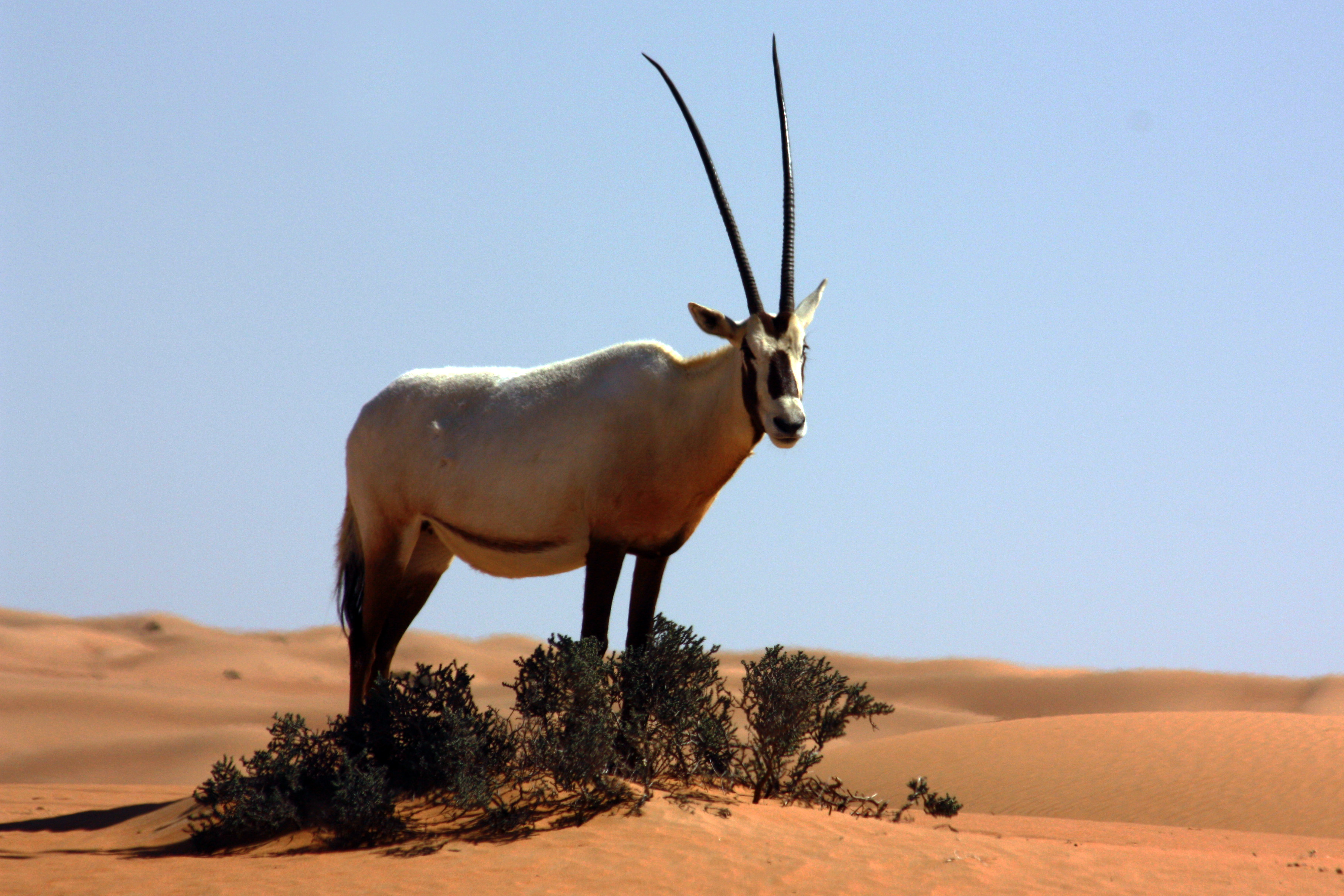
Arabian oryx. Image credit: Charles J Sharp, Creative Commons
Animal species found in the ecoregion are typical of the Arabian peninsula with caracal, Rüppell’s fox, Nubian ibex, mountain gazelle, houbara bustard, and honey badger all found inhabiting the desert plains. Harrat al-Harrah is home to the most diverse breeding community of larks in the Middle East, including the Dunn’s lark, bar-tailed lark, and greater hoopoe-lark, and was one of the last strongholds for the red-necked ostrich in Saudi Arabia before being hunted to extinction in the 1930s.
In Jordan’s Azraq wetlands—the name for which derives from the Arabian word for ‘blue’—the water fosters even greater diversity, including the endemic and critically endangered Azraq killfish. Migratory birds from Anatolia, Scandinavia, Siberia, and Africa all stop off in the oasis, and large flocks of raptors are known to arrive around May. Sawa lake in Iraq is also home to several bird populations, including an endemic subspecies of little grebe and the Mesopotamian crow.
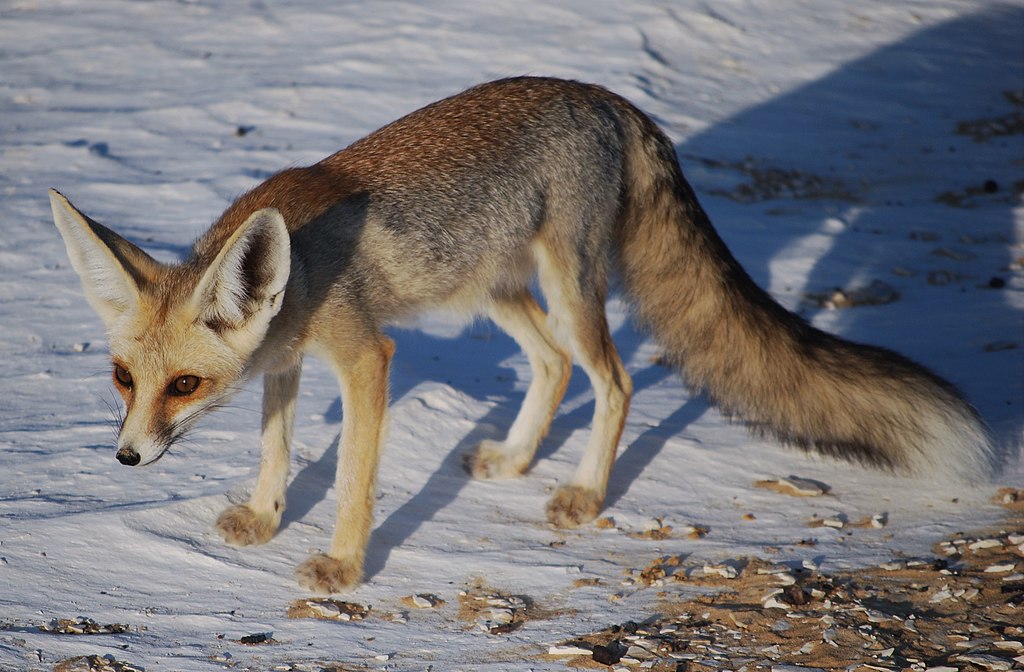
Rüppell's fox. Image credit: Helmut Boehm, Creative Commons
Nomadic pastoralists live in the desert, grazing livestock on the low shrubs, harvesting vegetation for firewood, and taking refuge from the harsh temperatures at oases such as Azraq. Larger urban settlements are also centered around these wetlands and have increased in number over recent years. Protected areas in Saudi Arabia include the vast Harrat al-Harrah Reserve and neighbouring Al-Tubayq and Al-Khanafah Reserves. Sawa lake and Azraq are both designated as Ramsar sites. Jordan’s Shaumari Wildlife Reserve—established in 1975 as a protected environment to re-introduce the Arabian oryx—maintains its status as a refuge for some of the most threatened animal species in the Middle East, including goitered gazelles, ostriches, and the rare Persian onager.
Overgrazing by livestock and hunting of wild species are both major threats facing the region’s flora and fauna. Predicted urban expansion will undoubtedly compound these pressures through fragmentation of the landscape and degradation of water supplies. The wetlands in Jordan and Iraq face the serious risk of drying due to excessive water abstraction for drinking water and irrigation of surrounding agricultural lands. Pollution and invasive species are additional problems reported in wetland areas.
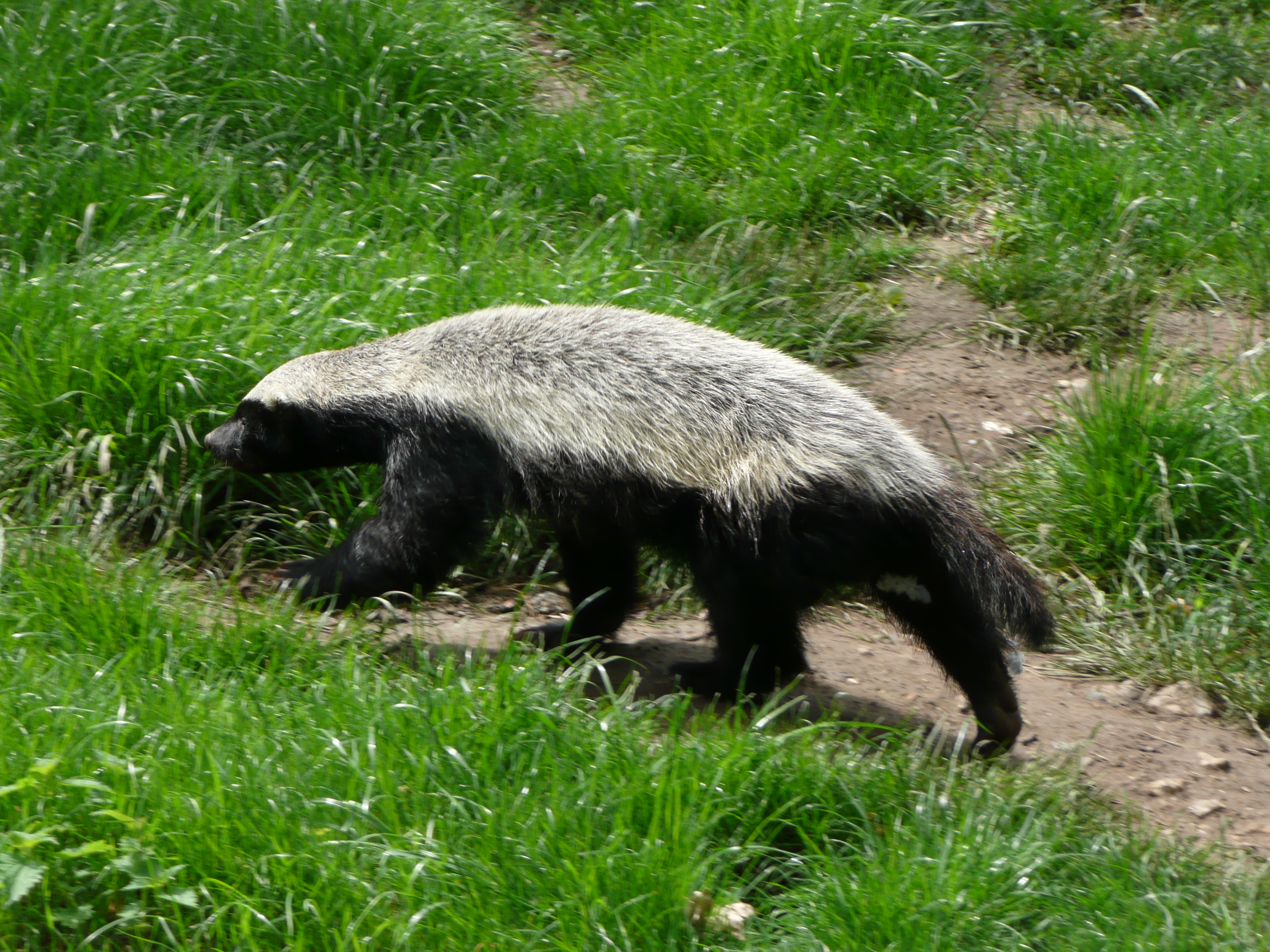
Honey badger. Image credit: CT Copper, Creative Commons
Priority conservation actions for this ecoregion over the next decade will be to: 1) enforce stronger laws against hunting, increasing awareness of the presence of hunters and collectors; 2) increase coverage of protected areas in all constituent countries; and 3) continue to develop and implement conservation programmes for the wetlands, including gaining support from local communities for such schemes.
Citations
- Ghazanfar, S. & McDaniel, T. (2016). ‘Floras of the Middle East: A Quantitative Analysis and Biogeography of the Flora of Iraq’. Edinburgh Journal of Botany. 73(1), pp.1-24. DOI: 10.1017/S0960428615000244.
- Al Shabeeb, S. (2015). ‘Ramsar Information Sheet: Sawa Lake, Iraq’. [Online]. Available from: https://rsis.ramsar.org/RISapp/files/RISrep/IQ2240RIS_1509_en.pdf [Accessed 10/08/2019].
- The Hashemite Kingdom of Jordan Ministry of Environment (2014). ‘The Fifth National Report on the Implementation of the Convention on Biological Diversity’. [Online]. Available from: https://www.cbd.int/doc/world/jo/jo-nr-05-en.pdf [Accessed 10/08/2019].
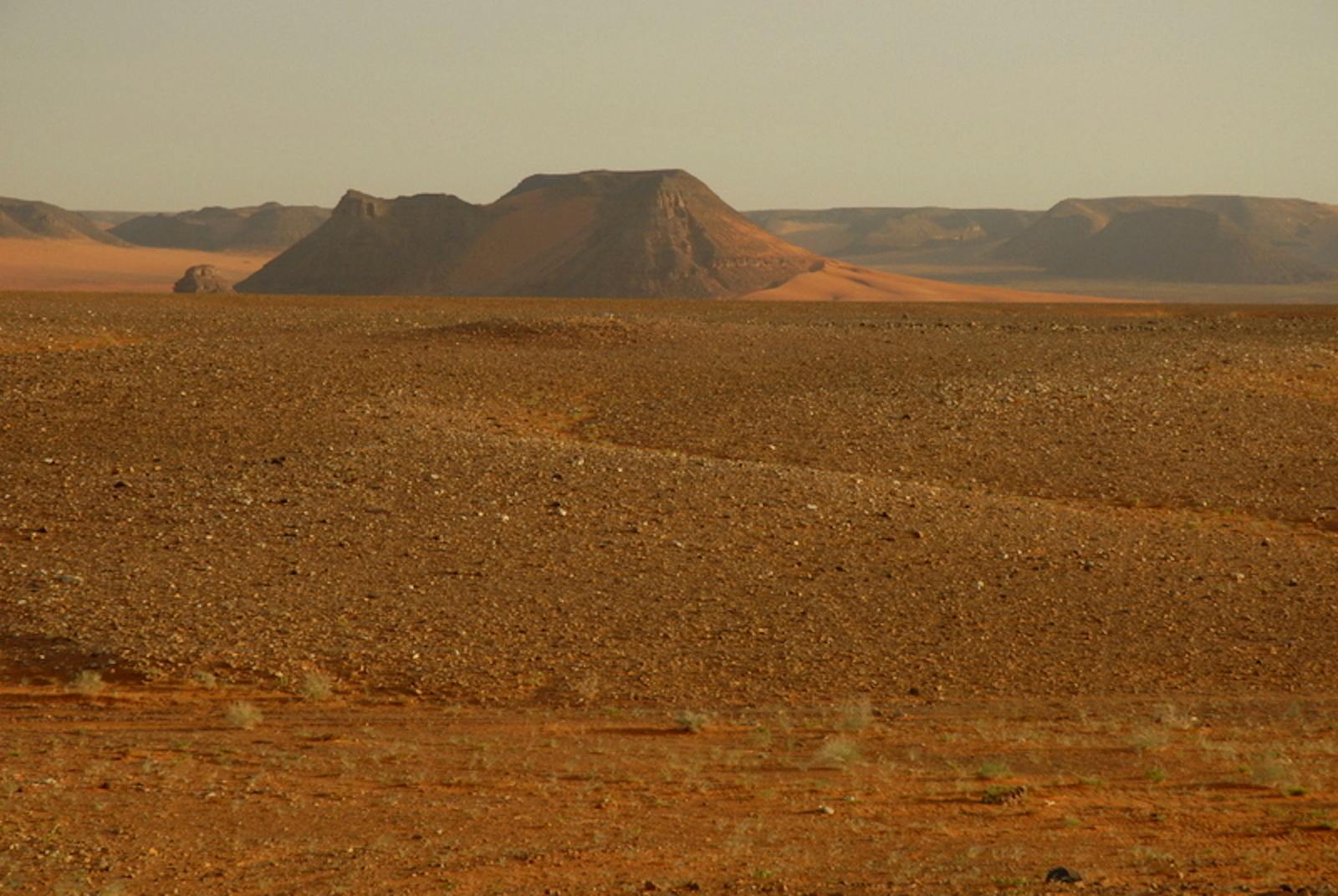
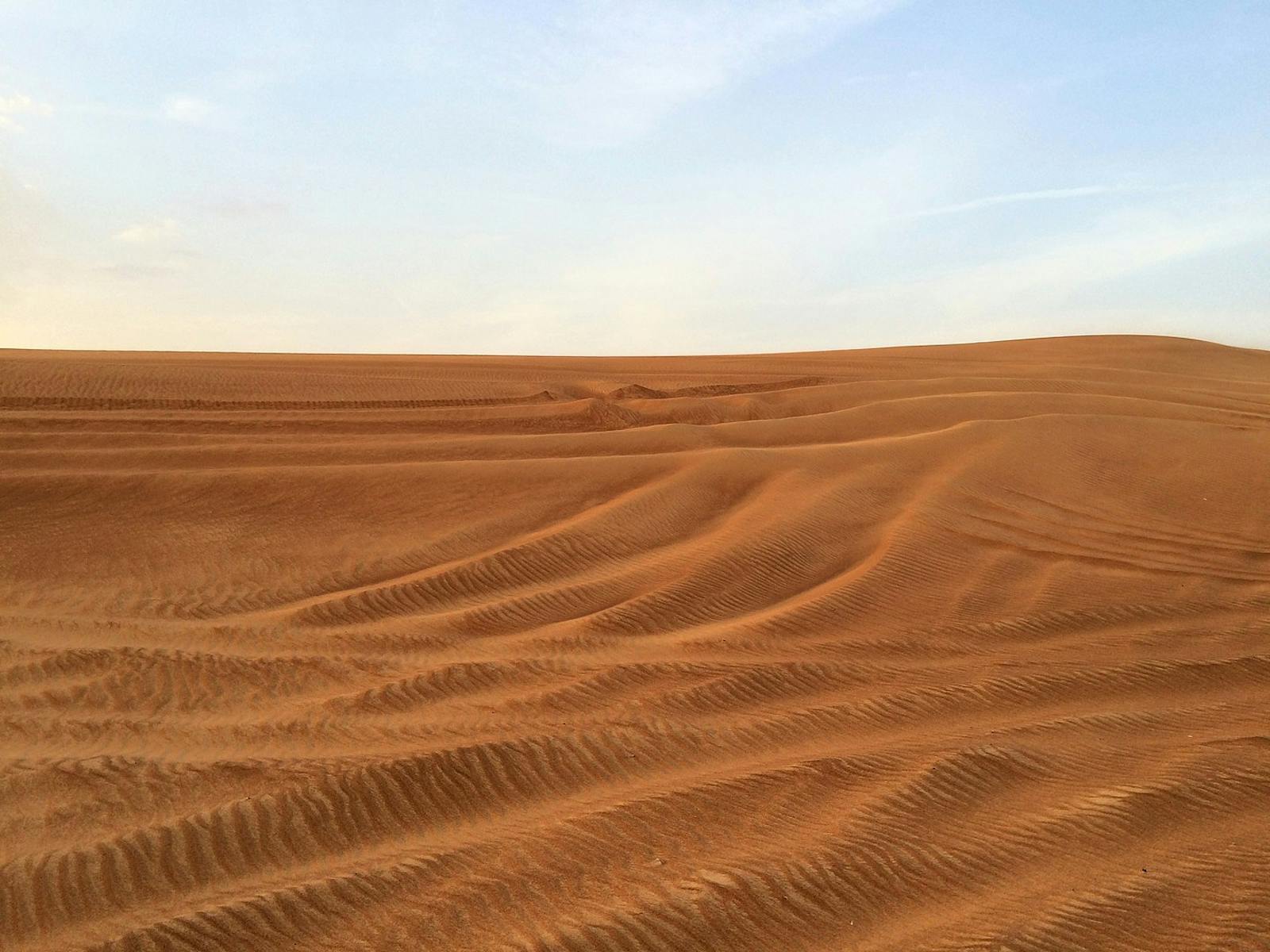
.png?auto=compress%2Cformat&w=300)

